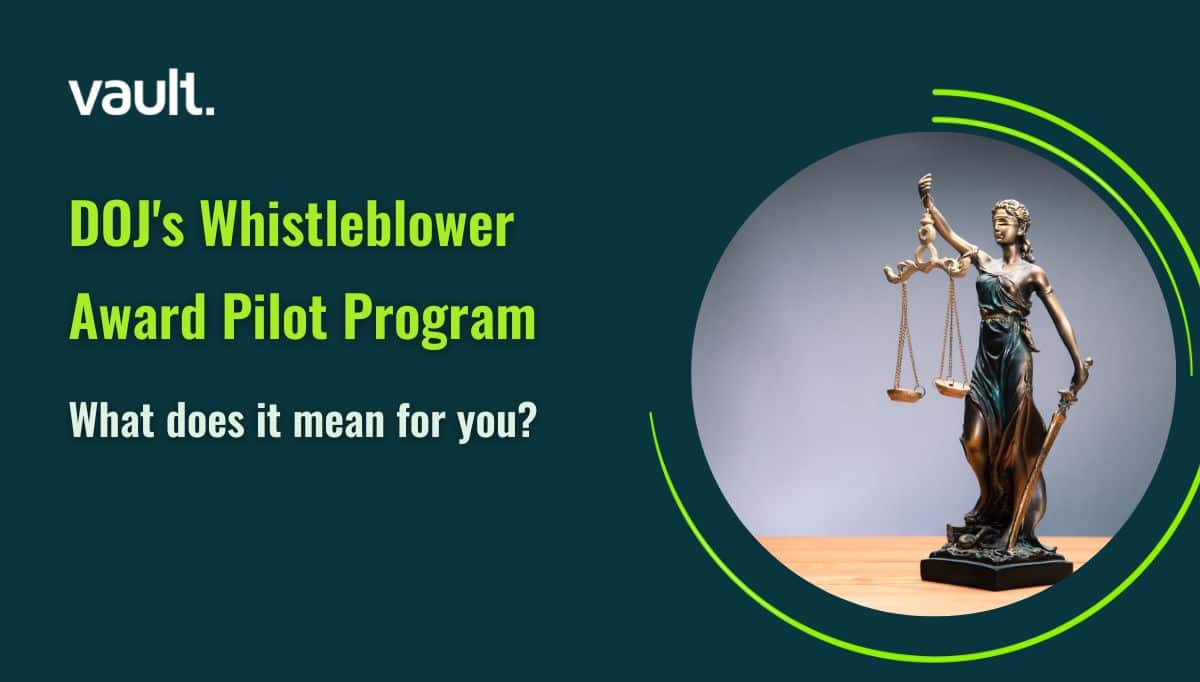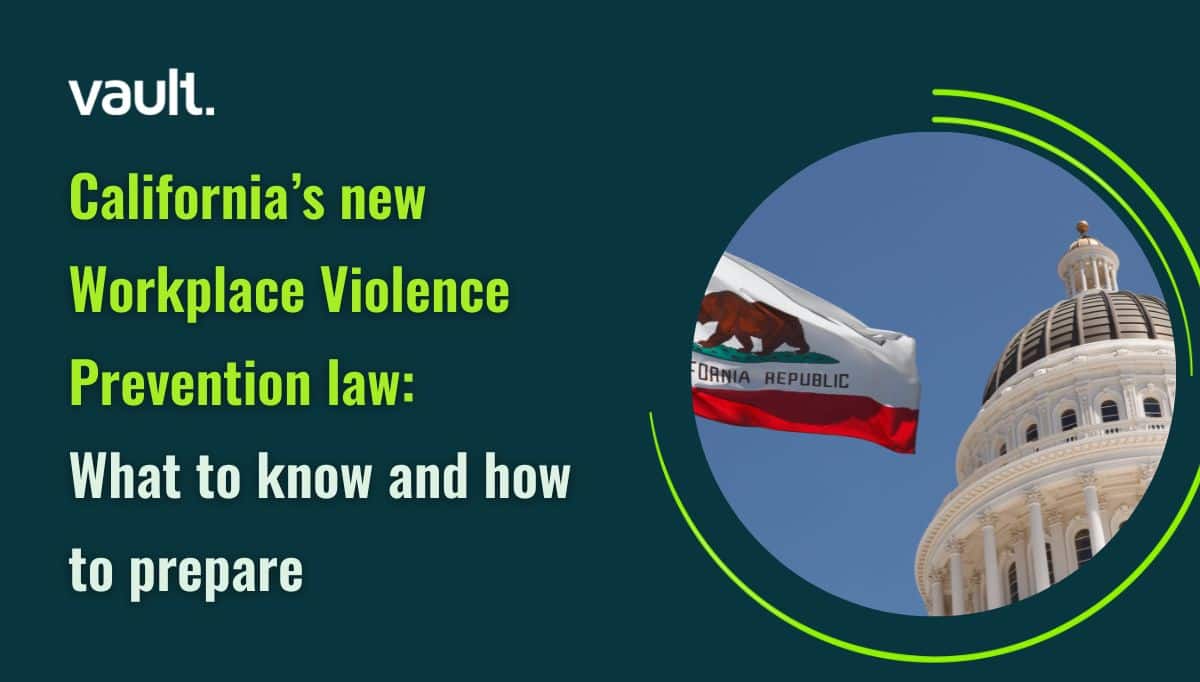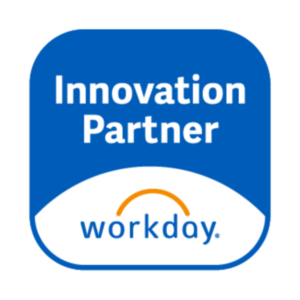The Bank of England’s Executive Director for People and Culture, Lea Paterson, recently warned that intersectionality isn’t spoken of enough in the context of gender diversity in the workplace, leaving some groups out of the inclusivity conversation.
Giving a speech at the Women in Finance Summit in London, Paterson talked of the Bank of England’s history of women in the workplace since 1694 and the importance of “the two big I’s”, intersectionality and inclusivity, when considering the evolving conversation of women in the workplace.
We have rounded up the top three points in Lea Paterson’s speech and how organizations can apply these when considering diversity and inclusivity:
- Intersectionality (simply put, a theoretical framework to understand how aspects of one’s social or political identities might combine to create unique modes of discrimination) isn’t spoken of enough in the context of gender diversity. Paterson highlights the importance of considering the “unique challenges” that different groups of women face and the impact of intersectionality (for example, between gender and race, between gender and sexual orientation or between gender and neurodiversity).
- Workplaces should work to better understand the unique challenges that different groups of people within their organization face – this process should be iterative and consistent. To add to this, organizations that send the message that they are listening also foster an environment that allows employees to Speak Up and support the wider organizational culture.
- Diversity on its own is not enough – organizations not considering inclusivity in the same breath are missing a key barrier to employees reaching their full potential regardless of gender, race, or background. This quote from Paterson sums it up nicely – “Inclusiveness unlocks the true value of an organization’s diversity”. We all need to feel comfortable being ourselves in the workplace, and being valued and listened to for what we bring, rather than for our background or upbringing.”
The final point, perhaps one of the most important, is around how organizations practically create an inclusive culture. Paterson remarks that working towards a truly diverse and inclusive workplace lies in the minutiae of everyday relationships and “how our own day to day actions and behaviors make others feel. And to broaden our minds by actively seeking out and listening to those with backgrounds and world views very different to our own.”
Today, diversity and inclusivity are a board-level agenda. Indeed, senior Bank of England advisor Anna Sweeney remarks: “The lack of intellectual diversity, including the lack of gender, race and other diversity, we believe contributed to the severity of the financial crisis through confirmation bias”.




